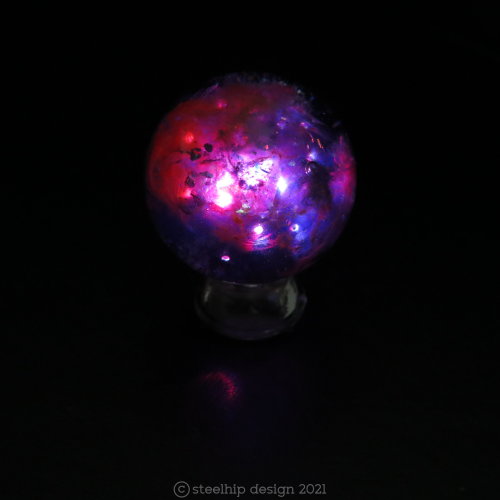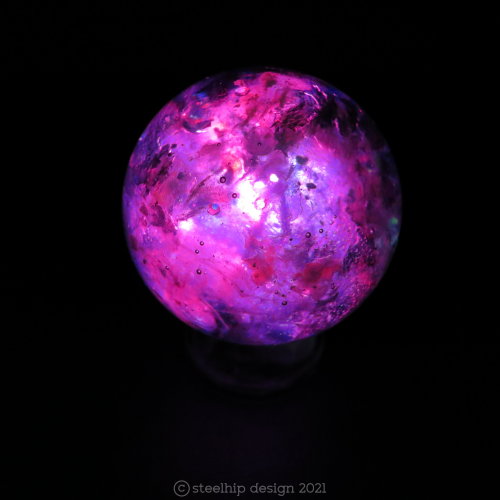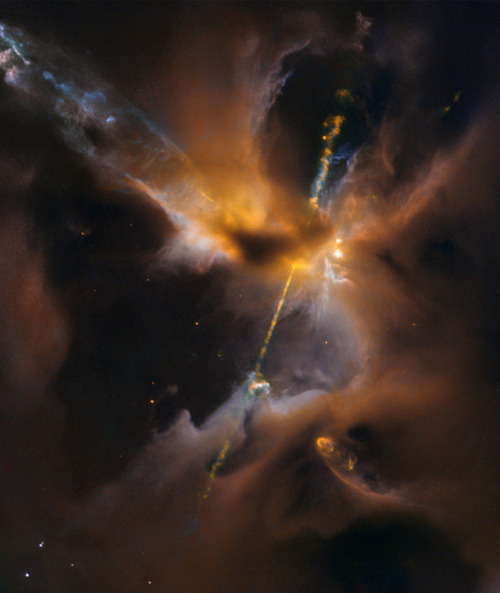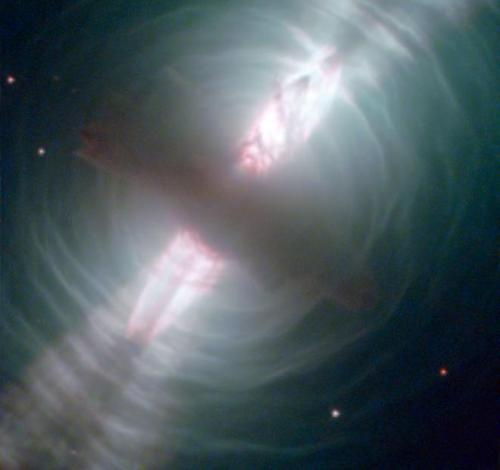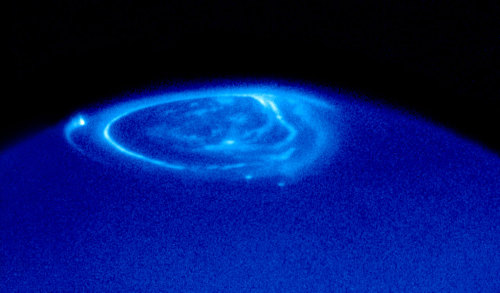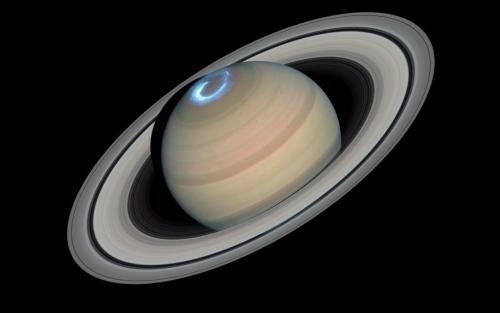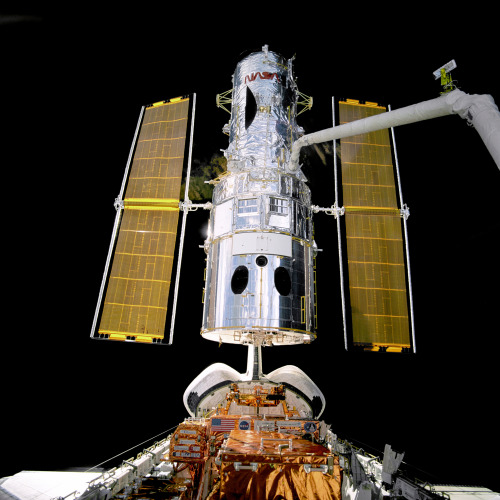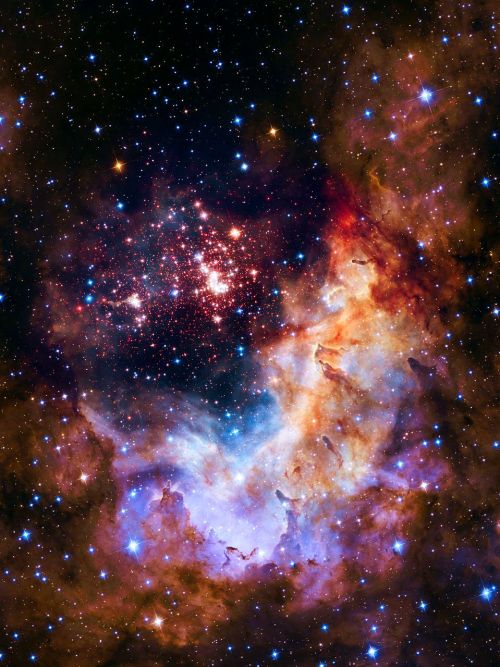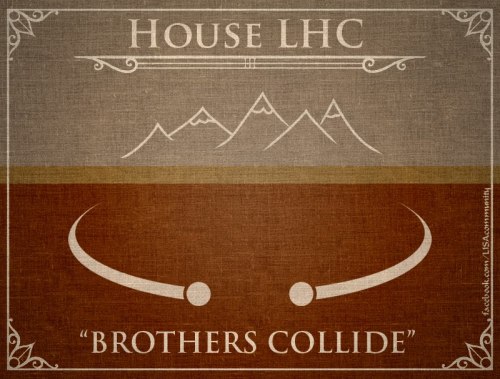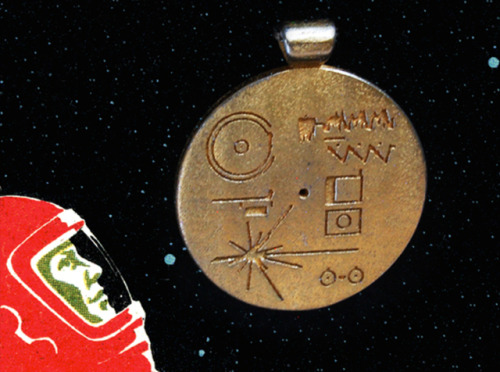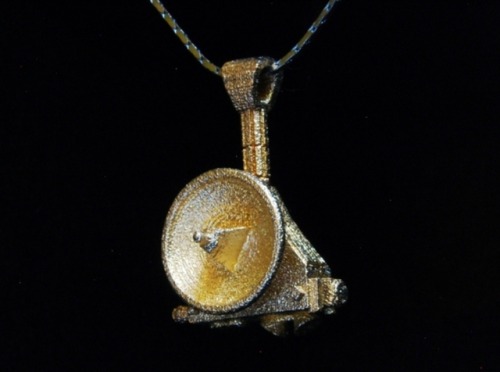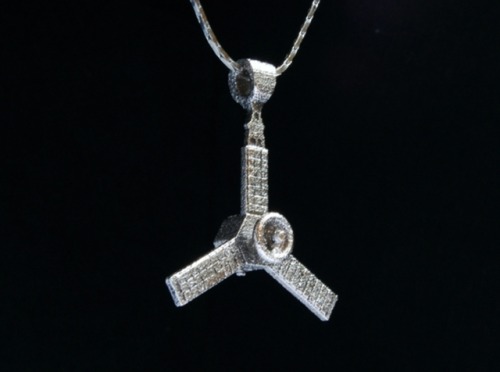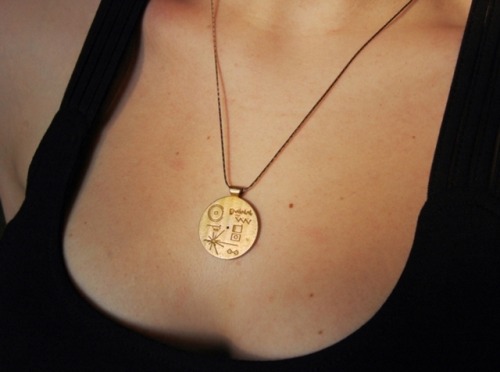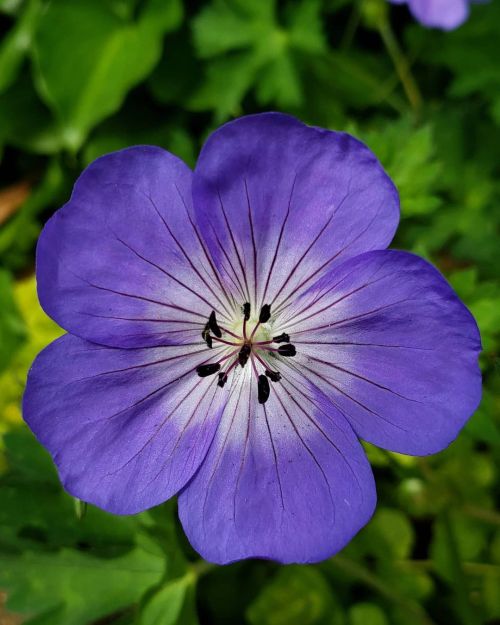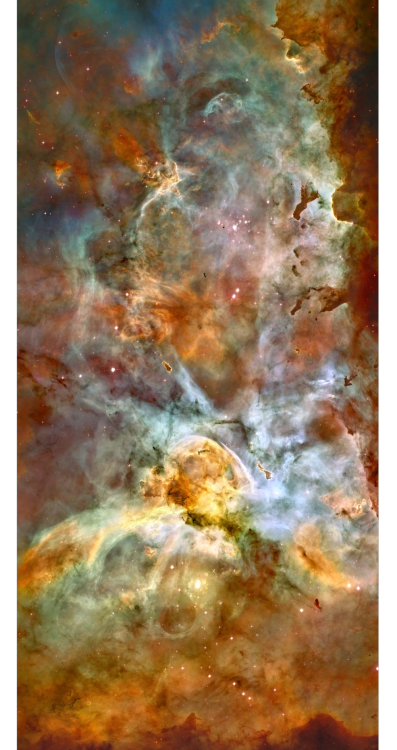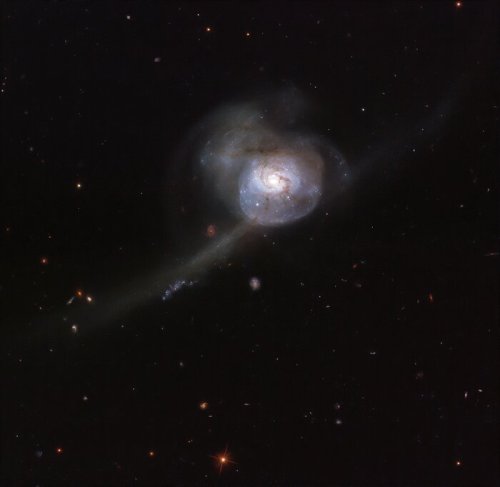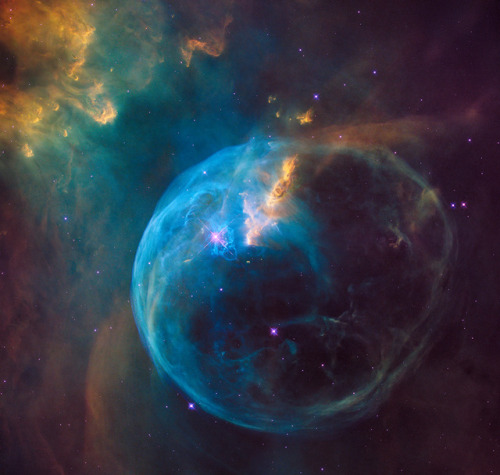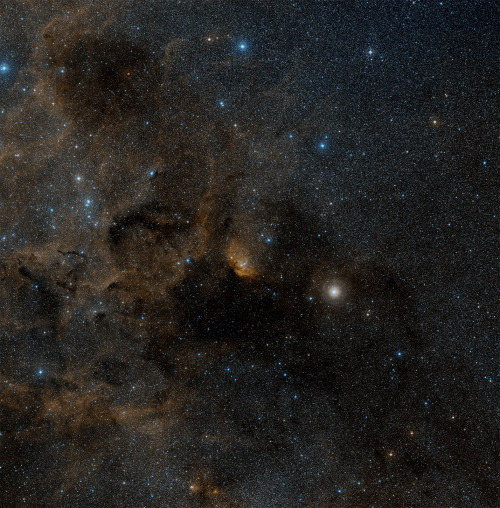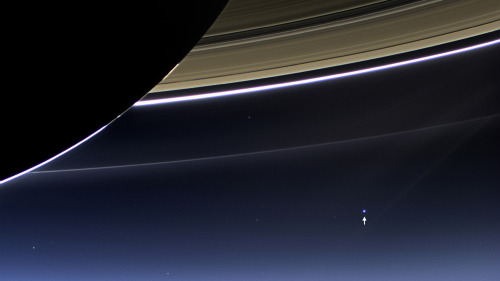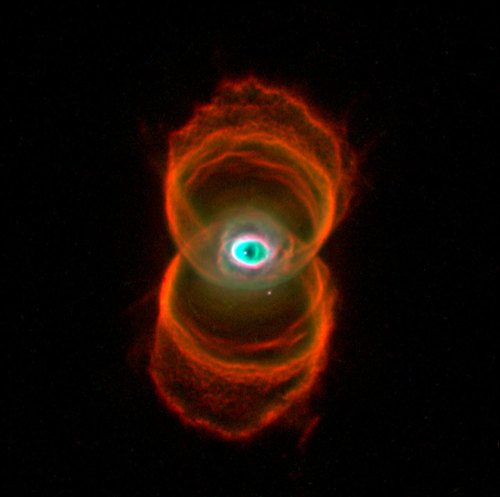#hubble

What will become of Jupiter’s Great Red Spot? Gas giant Jupiter is the solar system’s largest world with about 320 times the mass of planet Earth. Jupiter is home to one of the largest and longest lasting storm systems known, the Great Red Spot (GRS), visible to the left. The GRS is so large it could swallow Earth- but it has been shrinking. Comparison with historical notes indicate that the storm spans only about one third of the exposed surface area it had 150 years ago. NASA’s Outer Planets Atmospheres Legacy (OPAL) program has been monitoring the storm more recently using the Hubble Space Telescope. The featured Hubble OPAL image shows Jupiter as it appeared in 2016, processed in a way that makes red hues appear quite vibrant. Modern GRS data indicate that the storm continues to constrict its surface area, but is also becoming slightly taller, vertically. No one knows the future of the GRS, including the possibility that if the shrinking trend continues, the GRS might one day even do what smaller spots on Jupiter have done – disappear completely.
Image Credit: NASA, ESA, Hubble, OPAL Program, STScI; Processing: Karol Masztalerz
So I’ve been seduced by resin and watching far too many space videos and Hubble images of nebula. I already love using light in my work so I wanted to produce something that looked like a cloud of gas creating new stars within. A star nursery. It’s taken me months of trial and error.
At first glance it may seem like I’ve just dumped a ton of glitter and pigment powder into resin and given it a stir. I wish it was that easy. These have to be made in layers but hard level lines look artificial. So I swish and swirl the resin around until it cures chaotically adding tiny amounts of powder and glitter teasing out tendrils of colour and flashes of iridescence. I use a flattened toothpicks for the job.
The next step was creating the look of stars forming within the cloud. Enter fibre optics. I cut and bundle the strands sealing them together with resin. I then bend them out into all directions. Finally I cut them down to fit into the mold. At some point I insert them into the resin being careful to set the main bunch into the central point of the mold. In some designs the threads are obvious - in others I’ve hidden the bunch using dark pigments.
At this point I have a sphere of resin with a fiber optic “stalk” sticking out. I paint the last layer black and wait for it to dry. I then cut down the stalk and drill it down flush to the resin. The light is produced by a tiny LED widget. Some pieces have static white light that I’ve dyed. In others I’ve used a rotating RGB colour LEDs. I seal the end and set it in another layer of resin. Fortunately they have a handy ring that also makes it easy to turn on and off with a simple twist. It takes three LR621 batteries equivalent to 364, AG1, SR621SW.
I’ve had trouble uploading the videos so I’ll re-shoot tonight for an acceptable file size and format for Tumblr. Unfortunately trying to photograph these spheres is very difficult. They are glass and very shiny. You can’t see the depth and complexity in a photo. Maybe I need a new camera with a good macro setting.
It’s terrifying releasing a new product so different from my normal work. Are these steampunk? Not really but I hope my work transcends a genre. I want to take light from tacky novelty jewellery into an art product for adults to wear that will amaze and wonder. That is my goal with these. I’ve made several of them so they will dominate my feed in the next weeks. I hope you don’t get sick of seeing them. It’s fantastic using colour again but it’s been a serious financial investment in resin, pigments, equipment, exotic glitters/sequins/foils, molds and LED lights. Some I had to buy in serious bulk. It’s impossible to calculate the hours I’ve spent creating and perfecting these.
I’ve used three different width sizes: 20mm (0.86in), 25mm (1in) and 30mm (1.2in). I haven’t put a chain on some of them. I will give options in type of chain or cord and drop length to buyers. Some may prefer no chain. I’m also thinking about creating a stand turning it into a unique ornament when not being worn. I’m also hoping, as my technique improves, to replicate specific nebula like the famous “Pillars of Creation” image captured by Hubble.
Some may not see any “space” reference. Friends have called certain pieces “an ice cave”, “underwater scene” and “storm clouds with lightening”.
They will be available soon in my Etsy shop. Depending on the covid situation I’m hoping the big music festivals in spring and summer will be happening. It would be the perfect accessory for those day/night events.
Post link
Hubble Sees the Force Awakening in a Newborn Star
This celestial lightsaber does not lie in a galaxy far, far away, but rather inside our home galaxy, the Milky Way. It’s inside a turbulent birthing ground for new stars known as the Orion B molecular cloud complex, located 1,350 light-years away.
In the center of the image, partially obscured by a dark, Jedi-like cloak of dust, a newborn star shoots twin jets out into space as a sort of birth announcement to the universe
Credit:NASA / ESA
Post link
Video Clip SS220029 (Zoom Into Hubble Ultra Deep Field)
In 2003, Hubble Stared Into A Tiny Patch Of Darkness…
The original HUDF image was taken in 2004, in a tiny patch of the sky in the constellation Fornax. In 2009 the same area was imaged with the new Wide Field Camera 3, in near-infrared wavelengths.
The Hubble Ultra Deep Field (HUDF) image contains as many as 10,000 galaxies of all shapes, sizes, colors, & ages. Taking it required 800 exposures taken over the course of 400 orbits around Earth.
In ground-based photographs, the patch of sky where Hubble was pointed, just one-tenth the diameter of the full Moon, is largely empty. Located in the constellation Fornax, this region is so empty that only a handful of stars within the Milky Way galaxy can be seen.
The image was the deepest view of the universe at the time, looking back to galaxies formed as little as 600 million years after the Big Bang. In staring at this video, you are literally staring back through time.
© NASA/G. Bacon and M. Estacion (STScI)/Lars Lindberg Christensen/ESA/Hubble/Science Source
Sketchbook post #3! Moving into a new apartment for the summer and then I’ll be back to posting thesis progress!
Post link
Attached to the “robot arm” the Hubble Space Telescope is unberthed and lifted up into the sunlight during this the second servicing mission designated HST SM-02.
Post link
SCIENCE IS COMING.
In honor of the release of Game of Thrones Season 6 today, check out these amazing House designs made by students from the Albert Einstein Institute. Each Game of Thrones inspired sigil celebrates a different changing project in physics and space exploration.
House Hubble - Hubble Space Telescope
House ISS - International Space Station
House ITER - Nuclear Fusion Project
House LHC - Large Hadron Collider
House Curiosity - Mars Science Laboratory
House LISA - Laser Interferometer Space Antenna
House JWST - James Webb Space Telescope
House VLA - Very Large Array
I’m super torn because while I’m #teamradioforever, I’m also a lifelong #hubblehugger. I guess if I’m forced to chose, it might have to be House VLA.
-Summer
[HTCharee Peters]
Given last night’s Game of Thrones Season 8 premiere, it’s clearly time for this to make the rounds again! What I forgot to add the first time around was that the students who made this were working on the Laser Interferometer Space Antenna (LISA) Mission (a space-based version of LIGO). The original post sharing these designs is on LISA’s Facebook Page.
Also, I guess I put something out into the universe by saying I’m House VLA because that will officially be the case as of July 1st. ;)
-Summer
Post link
It’s been way too long since our last #SpacecraftSaturday, so here are some gorgeous 3D printed designs by Matthew Loren Seeds, aka M. Loren Seeds, who’s goal is to create: “sleek and futuristic products for the home and body inspired by space, technology and physics.” Judging by these necklaces, I think he’s succeeding.
Available from his store on Shapeways:Golden Record,New Horizons,Kepler,Juno, and Hubble. You can also follow Matthew on Instagram.
-Summer
Post link
Running Chicken Nebula - Camera: ASI1600MC-C
Telescope: 8“ f4 reflecting newtonian
Mount: NEQ6
Guiding: Orion StarShoot Autoguider
Control software: Sequence generator pro
24x5min exposures, 2hrs total
Bias and flat calibration frames used
Edited in Pixinsight and Lightroom
Post link
You sang me the song of the Golden Mean, the dazzling arrays of the stars, the back of the turtle, and the cool jazz scene; when I asked you “why?” you smiled at me “what else is there to sing about?”
#magicalthinking #hubble #flowers #floral #flora #flowersinurbia #fleur #fleuris #fleuriste #nature #naturelover #naturephotography
https://www.instagram.com/p/CWZ4AngLeg6/?utm_medium=tumblr
Post link
Above is a 50-light-year view of the central Carina Nebula, where a maelstrom of star birth is taking place. The fantasy-like landscape is sculpted by winds and radiation from monster stars, shredding the surrounding material that is the last vestige of the giant cloud from which they were born.
The immense nebula contains at least a dozen brilliant stars 50 to 100 times the mass of our Sun. The most unique is the star Eta Carinae, at bottom center. Eta Carinae is in the final stages of its lifespan, as evidenced by two billowing lobes of gas that presage its upcoming explosion as a supernova.
The fireworks in the Carina region started three million years ago, when the nebula’s first stars ignited in a huge cloud of molecular hydrogen. Radiation from these stars carved out an expanding bubble of hot gas. Clumps of dark clouds scattered across the nebula are nodules of dust and gas gradually being eaten away. The hurricane of stellar winds and radiation within the cavity is now compressing the surrounding walls of cold hydrogen, triggering a second stage of star formation.
The nebula is around 7,500 light-years away in the constellation Carina the Keel. This image is a mosaic taken with Hubble Space Telescope’s Advanced Camera.
Post link
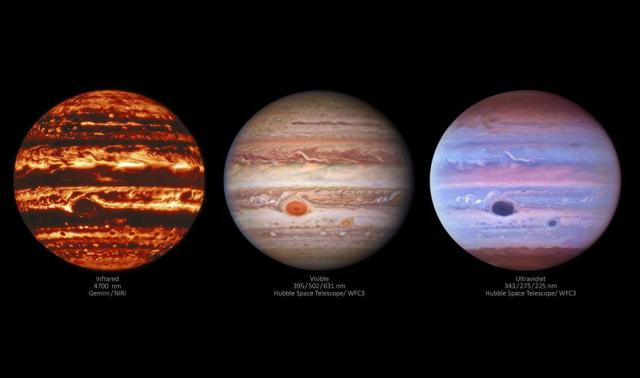









‘Triple Vision’ Image Of Jupiter Shows What’s Beneath Its Clouds
“Back in 2017, Hubble and Gemini North viewed Jupiter simultaneously. These multiwavelength views revealed the origin and properties of numerous phenomena. Dark infrared regions, including the Great Red Spot (and "Red Spot Jr.”), possess thick clouds. However, tiny infrared “dots” indicate downdrafts, creating convection and enabling Jovian lightning storms. Visible cloud breaks in Jupiter’s bands appear hot, allowing infrared emission through.“
Almost every image of Jupiter, our largest planet, comes to us as the result of observations made in visible light. That’s too bad, because by looking at Jupiter in multiple different wavelengths simultaneously, we can learn so much more than just from one, narrow band of viewing.
Woooo!! impresionante es nuestro señor dios … ..!!

When Mice Collide |APOD
These two mighty galaxies are pulling each other apart. Known as the “Mice” because they have such long tails, each spiral galaxy has likely already passed through the other. The long tails are created by the relative difference between gravitational pulls on the near and far parts of each galaxy. Because the distances are so large, the cosmic interaction takes place in slow motion – over hundreds of millions of years. NGC 4676 lies about 300 million light-years away toward the constellation of Bernice’s Hair (Coma Berenices) and are likely members of the Coma Cluster of Galaxies. The above picturewas taken with the Hubble Space Telescope’s Advanced Camera for Surveys in 2002. These galactic mice will probably collide again and again over the next billion years until they coalesce to form a single galaxy.
Post link




The Space Shuttle Discovery, the shuttle that launched the Famed Hubble Telescope into space, and flew 39 missions to space. The shuttle is so much larger than I thought it was. What an incredible piece of engineering and technology.
La terra vista da Saturno (Earth seen from Saturn)
Credit: NASA/JPL-Caltech/Space Science Institute
Post link
Nebulosa Clessidra
Credits: Raghvendra Sahai and John Trauger (JPL), the WFPC2 science team, and NASA/ESA
Post link
Centaurus A by Hubble
Credits: NASA, ESA, and the Hubble Heritage (STScI/AURA)-ESA/Hubble Collaboration. Acknowledgment: R. O’Connell (University of Virginia) and the WFC3 Scientific Oversight Committee
Post link


